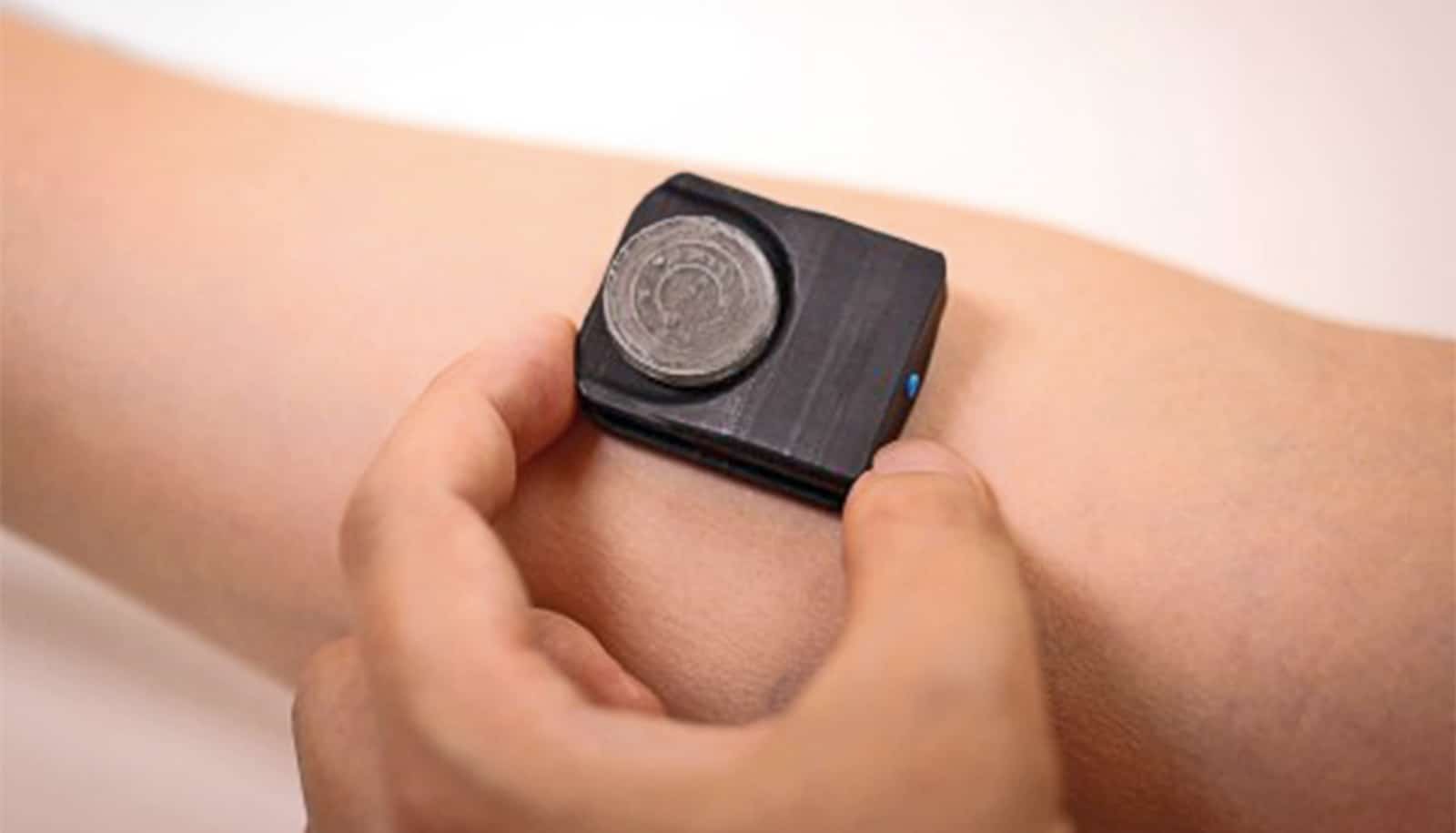A new compound may lead to a drug that can destroy melanoma cancer cells while leaving nearby healthy cells unharmed, new research on mice and human cells indicates.
…the compound caused human melanoma cells to die and inhibited tumor growth by about 69% in a mouse model.
Researchers designed and synthesized a compound called napthalamide-isoselenocyanate—NISC-6—to inhibit both the Akt1 pathway and human topoisomerase IIα—topo IIα—activity, which contribute to melanoma tumor growth.
Melanoma, which is caused primarily by exposure to the sun’s ultraviolet rays, accounts for less than 5 percent of skin cancer cases, but causes more than 75 percent of skin cancer deaths.
In the study, the compound caused human melanoma cells to die and inhibited tumor growth by about 69 percent in a mouse model.
According to the researchers led by Arun Sharma, associate professor of pharmacology, and Shantu Amin, professor of pharmacology at Penn State College of Medicine, recent attempts to use drugs to treat melanoma are not completely effective.
Current treatments for melanoma patients include dacarbazine and temozolomide, which have an unsatisfactory response rate. Another drug, vemurafenib—PLX-4032—works well initially, but the tumors develop resistance within 6 to 7 months.
The researchers combined a few different approaches from their earlier work to develop the new compound.
Mitonafide showed antitumor activity both preclinically and in phase I and phase II clinical trials but failed due to systemic toxicity issues.
The isoselenocynate fragments were designed based on naturally occurring isothiocyanates, which can be found in vegetables, such as broccoli and cauliflower, and are known for their cancer prevention properties.
“There are a lot of recommendations that, for example, broccoli can reduce your chances of getting cancer,” says Sharma. “Those are OK recommendations for prevention, but the compounds in the vegetables alone may not be potent enough to be used in a therapeutic environment.”
To improve the effectiveness, the researchers modified the drug by replacing the sulfur in a compound they studied earlier with selenium, as well as varying the length of the alkyl chain to create isoselenocynate. Several variations were screened before the researchers arrived at a compound that they thought could kill the cancer cells without increasing toxicity levels.
The researchers add that the new compound was designed to reduce toxicity and to improve drug resistance by treating melanoma cells containing wild type BRAF as well as mutated BRAF. For example, vemurafenib is more effective in melanoma containing BRAFV600E mutation, than melanoma cells with wild type BRAF protein.
Watch melanoma cells form tumors in real time
“We designed it for easy elimination from the body, so, consequently, toxicity should be reduced,” says Sharma. “We also think, with this compound and this type of approach, if it goes further, we should be able to delay, or overcome resistance because it not only targets BRAF mutant melanoma cells, but also BRAF wild type melanoma cells.”
While the researchers are still in the process of studying the actual mechanism behind how the drug works, the compound appears to target a process that guides cell division and growth, according to Deepkamal Karelia, a postdoctoral scholar in pharmacology at Penn State, who worked with Sharma.
“When a cell divides and grows, the DNA inside will become tangled much like the way a rope will if you take it and keep turning it in circles, it will get tangled. To untangle the rope you can either cut and join the rope or spend long time turning it in opposite direction to untangle it,” says Karelia.
“The DNA has the same issue in our cells. To solve the problem, our bodies have a protein called topoisomerase, which cuts the DNA and joins it back to release the stress. What we show in this paper is this compound may be able to inhibit that activity of topo IIα protein—the DNA is unable to unwind itself,” he says.
Tool detects melanoma cells that don’t look ‘regular’
Sharma says NISC-6 may also work on other forms of cancer, which will likely be included in future research.
Additional researchers contributing to this work are from the CSIR-Institute of Himalayan Bioresource Technology; the University of Kwa-Zulu Natal; Rowan University; and Penn State. The findings appear in the European Journal of Medicinal Chemistry.
Source: Penn State



